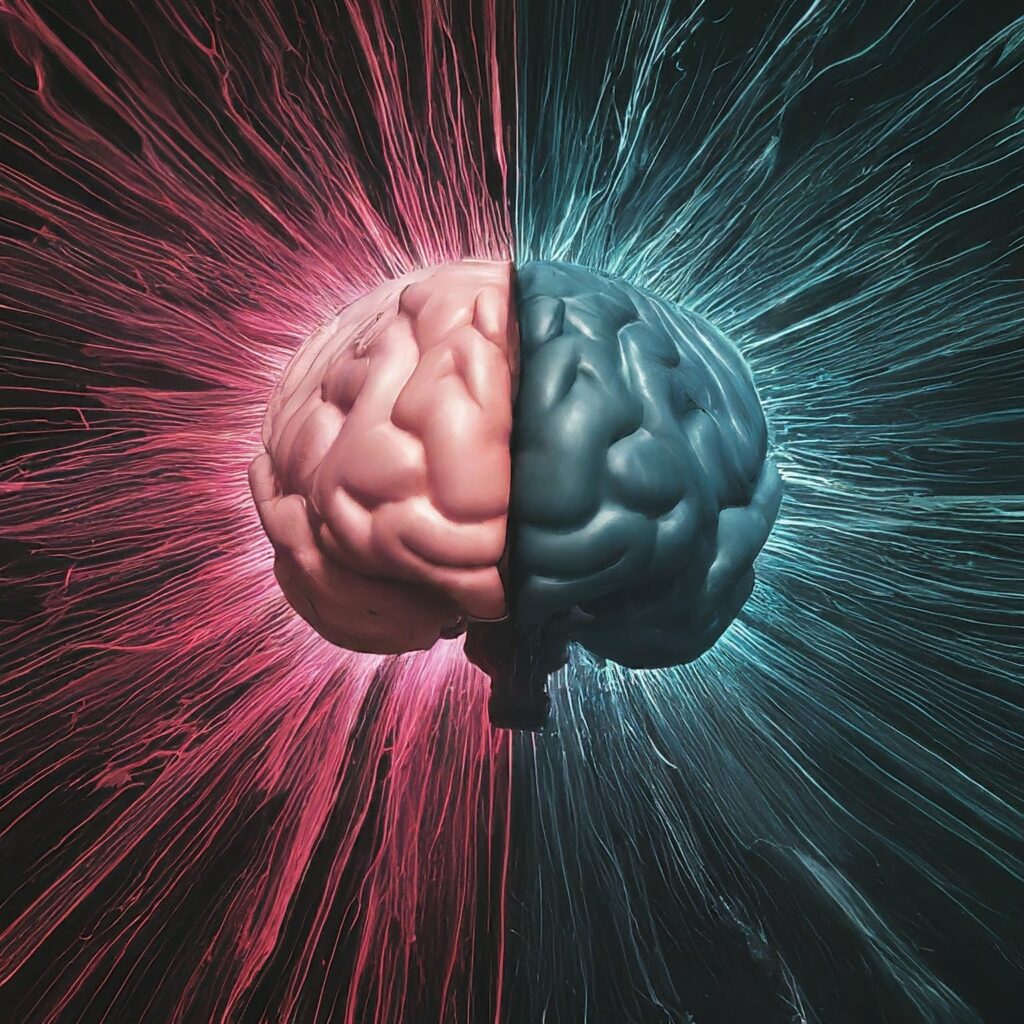Teaching Excellence: A Blog
Navigating the AI Wave:
Generative AI in Business Education (March, 2024)
Author’s note: This blog post is a product of a collaboration between human and AI (Google’s “Gemini,” to be specific). While the initial draft was born from my own thoughts and research, I then utilized the capabilities of this large language model to help me revise, expand, and refine it into the version you see before you. I went through 5 rounds of revision with Gemini, focusing on several key areas:
- Tailoring the content: Initially, the post targeted a wider audience. Through our collaboration, we honed it to resonate specifically with instructional staff within a college-level school of business.
- Enhancing clarity and flow: My initial draft, while enthusiastic, lacked the conciseness and professional tone suitable for an academic audience. The tool helped me refine the language, clarify arguments, and create a smoother reading experience.
- Adding specific examples and resources: While I had general ideas about using GenAI in business education, the tool helped me find relevant research, studies, and concrete examples to strengthen my points.
I had to continue revising the resources that are included because Gemini was not able to provide adequate or accurate links. In the end, the underlying ideas and core message of this post remain mine, but its final version is a testament to the power of human-AI collaboration. I hope this journey demonstrates the potential of AI to augment our creativity and communication, not replace it entirely. Let’s dive into the world of GenAI together and explore its possibilities for a more innovative and engaging business education landscape.

Generative AI (Gemini) created image to supplement this blog post (image created March 14, 2024).
Artificial intelligence (AI) is no longer a distant future, but a present reality impacting numerous industries, including education. Within business schools, a specific branch of AI – generative AI (GenAI) – has sparked both excitement and apprehension. Tools like ChatGPT, Co-Pilot, and Gemini offer new possibilities for teaching and learning, but also raise questions about academic integrity, employability, and the future of faculty roles.
History echoes with anxieties about new technologies. From Socrates decrying writing, to fears of radio dulling young minds and television eroding conversation, concerns often accompany progress. Calculators were said to hinder math skills, and the internet was predicted to dumb us down. While there may be grains of truth in these worries, research generally shows these technologies enhance intelligence and free up our minds for higher-level thinking (think grasping calculus concepts instead of rote calculations). Generative AI is no different – it’s here, students are using it, and employers expect familiarity. Wouldn’t it be wise to embrace its potential rather than shy away?
While concerns about GenAI are valid, the potential benefits for business education are immense. Imagine crafting immersive case studies, personalizing learning experiences, enhancing communication skills, and exploring ethical AI through this technology. By embracing GenAI as a tool to augment our teaching, not replace it, we can empower our students and prepare them for an AI-driven future.
But what exactly is Generative AI? Put simply, it’s a type of AI that doesn’t just analyze data, but creates new content, be it text, images, or even code. Unlike traditional AI focused on tasks like recognition or prediction, GenAI is like a creative engine, trained on massive amounts of data to generate realistic and original outputs.
A brief history and development:
- Roots in the 1950s: Early forms of GenAI emerged with concepts like Markov chains, used to generate text sequences, and neural networks, inspired by the human brain.
- Limited progress: Though exciting, these early models lacked computational power and data resources to reach their full potential.
- Breakthroughs in the 2010s: Advancements in deep learning algorithms and access to vast datasets fueled a GenAI renaissance.
- 2014: Generative Adversarial Networks (GANs) were introduced, pitting two neural networks against each other, leading to significant improvements in image and text generation quality.
- Today: GenAI continues to evolve rapidly, with applications in various fields, including art, healthcare, and business education.
How are your students and colleagues using GenAI? While the full potential of Generative AI remains to be explored, its rapid evolution makes it an exciting prospect for educators. We can begin to incorporate this technology into our teaching and learning in some very practical ways. The resources below offer a variety of ways to get started.
General Resources
- UW-Madison’s Division of Teaching & Learning guidance on incorporating GenAI tools responsibly
- Incorporating AI for critical thinking: How to Evaluate Critical Thinking in the Age of AI (AACSB).
- What is prompt engineering? (LinkedIn Learning course) “Introduction to Prompt Engineering for Generative AI”
Business Education Resources
- Using GenAI to build case studies: Read the recap and view slides from Cody Baldwin’s presentation at WSB’s Talking about Teaching Community of Practice meeting on February 8, 2024.
- General Business 360 Communication Guide | Generative AI as a Writing Tool: Tips & Cautions
- How is GenAI used in industry? (research article) Competencies Needed by Business Professionals in the AI Age: Character and Communication Lead the Way (Business and Professional Communication Quarterly)
- How are Business schools using GenAI? (briefing) Business School Innovation in the Age of Generative AI (Association to Advance Collegiate Schools of Business (AACSB)).
- Follow cutting-edge research from MIT Sloan School of Management exploring the impact of AI on business education
- Find what you need: Explore the other LinkedIn Learning courses on artificial intelligence (tip: locate the filter ‘AI for Business’ for more discipline-targeted options).
How are you using GenAI in your teaching (or work)? We’d love to hear your thoughts and experiences with GenAI in business education in the comments below.
~ Karin
